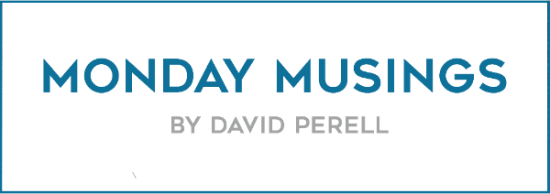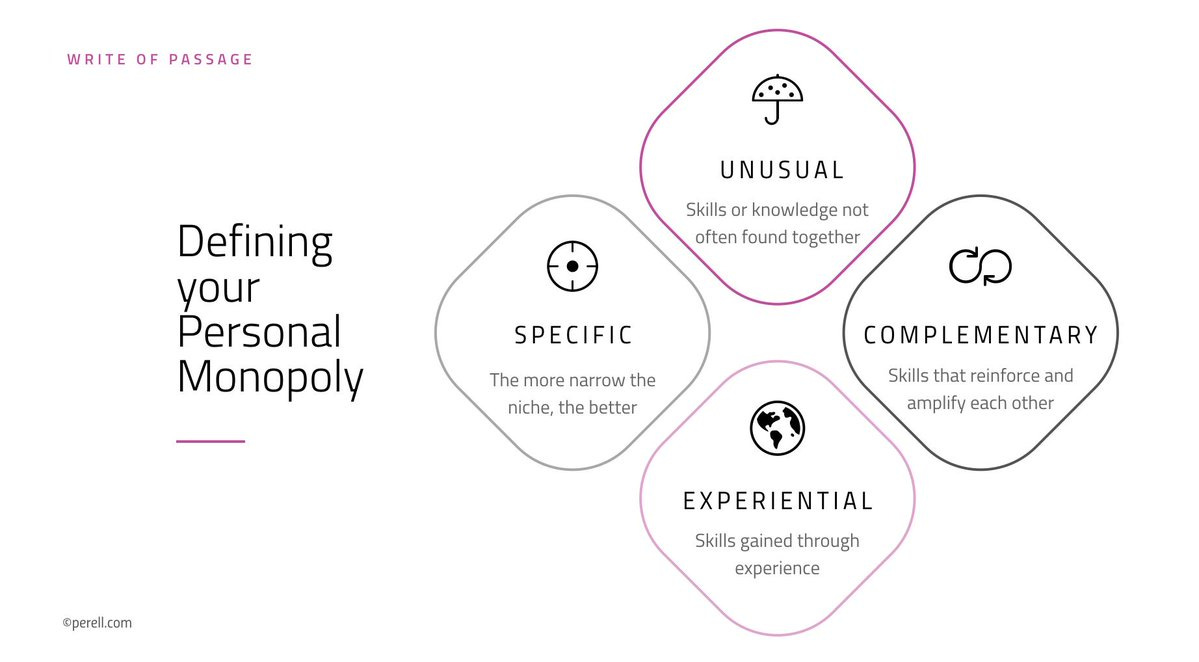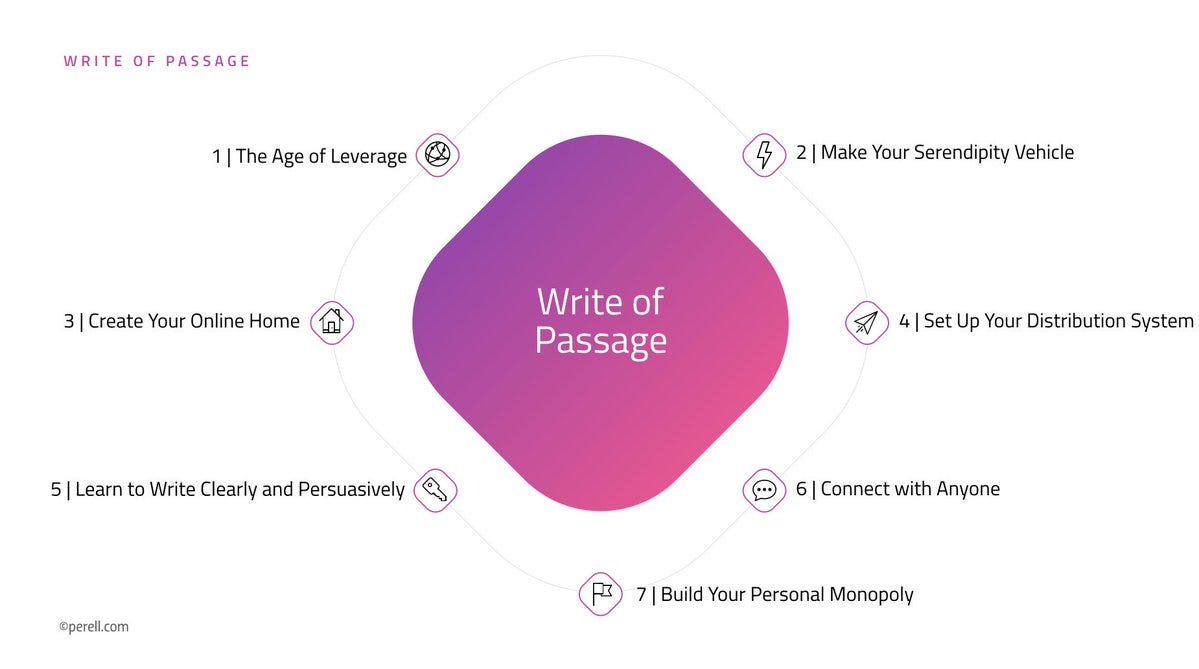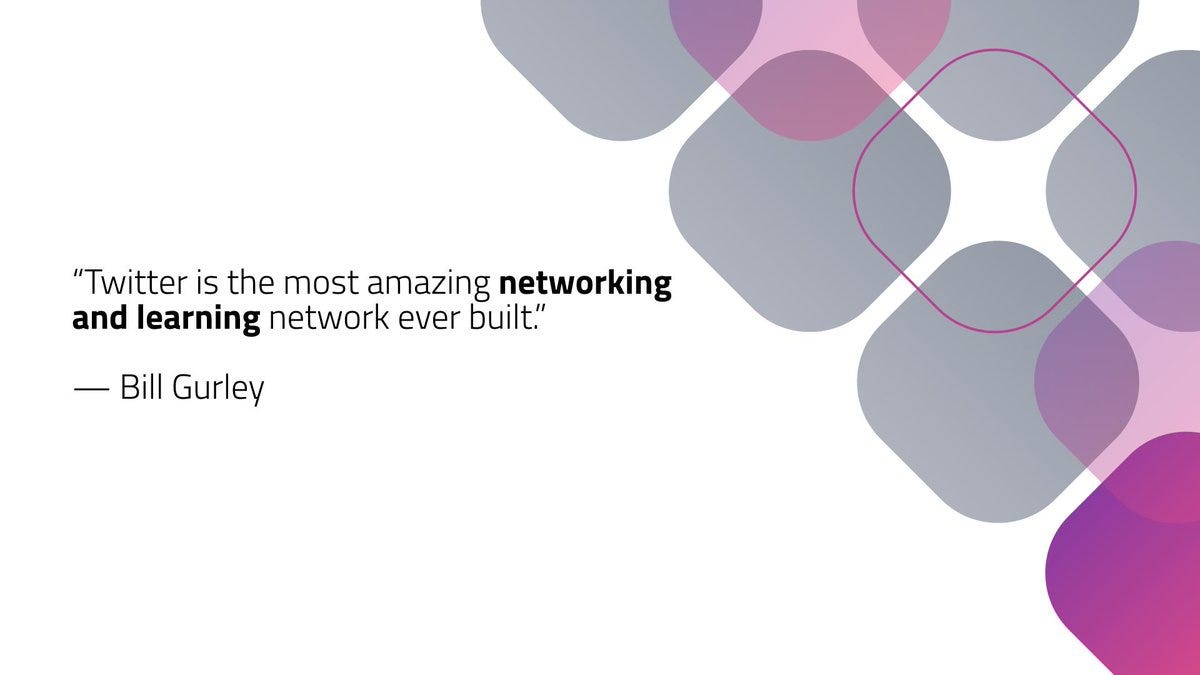
Hey everybody,
Good news! I’ll be hosting a live writer’s workshop with Tiago Forte (founder of Forte Labs) and Chris Sparks (Founder of Inflection Point) on July 1st in New York City.
The event is the official launch of our new in-person workshop, The Creative Process. I believe the internet will transform the way we write, learn, and connect with people. Powered by the internet, I’ve developed a system for writing consistently and cultivating creativity on-demand. And now, I’m ready to share it with you.
The Creative Process is a radical new approach to work in the modern economy. The smartphone in the pocket can energize your writing life. By changing your relationship with information, you can avoid writer’s block, clarify your thinking, establish domain expertise, and write faster. In this workshop, we’ll show you why the writing process is not as mysterious as it seems. We’ll go through each step of the writing process: finding an idea, researching, organizing ideas, sorting through assets, and putting the pieces together into a finished product. This writing workshop is dynamic and interactive. By the end, you’ll have a trusted and repeatable system for on-demand writing.
Space is limited and tickets might sell out fast. We’ll be rolling out more details in the next couple weeks. Since you’re a Monday Musings subscriber, you have first dibs on signing up.
If you’re interested, you can sign up here.
Personal Introductions
The success of your next friendship might come down to a single factor: the quality of your introduction.
Our first impression has an outsized effect on our enjoyment of an experience. For example, guest ratings of a hotel stay are largely determined by the quality of the check-in experience (a short line, kind staff, and a ready room). People with positive check-in experiences rate their entire stay better. Their rooms are “nicer” and their food is “tastier.” But a bad check-in experience dampen the rest of the hotel stay.
Personal introductions are like hotel check-ins. The quality of an introduction dictates the success of the relationship.
Conversations are like a fire. They need a spark. Until you have the spark, you have nothing. No connection. No momentum. But once the spark ignites, it’s easy. You just need to keep the fire going. Last month, when I was in Missouri, a Monday Musings subscriber (thanks Andy!) introduced me to a top Silicon Valley venture capitalist, with whom I shared laughs and quirky ideas with for two hours. Then we exchanged emails and have plans to see each other again next month.
As humans, we should trust other people’s compliments more than our own. It’s a subconscious instinct. For example, I notice that when I share somebody else’s article in this Monday Musings newsletter, the click-through rates are higher than when I share my own.
When you make a personal or an email introduction, you should (1) give people credibility, and (2) say what they have in common with each other.
Motivate them to spend time together. Then tell them what to talk about so they can have a productive conversation.
The email exchange below is an example of a strong introduction. It’s the most impactful email exchange I’ve had this year. Length isn’t the deciding factor in a strong email introduction. They can be short and sweet.

Crucially, even though we knew nothing about each other, Spencer and I were able to have a productive conversation. The original email introduction was stellar because it provided direction for the conversation. By the time we hopped on the phone, we knew what to speak about.

Most introductions fall flat. But this one didn’t.
Luckily, we can increase the number of positive connections in the world by adding context to an introduction. Like an enjoyable hotel check-in, the initial impression will influence the rest of the experience.
Fresh Ideas
North Star Podcast: Matt Mullenweg
Matt Mullenweg is the founder of Word Press, the Open Source software used by over 31% of the web. In 2005, he started Automattic, which is the force behind WordPress.com.
In this episode, we discuss:
How communication platforms fuel human evolution
Connections between open-source software and open-source “thinking”
Why Matt encouraged Ben Thompson to start Stratechery
How writing online can fuel career opportunities
You can listen to the episode here: iTunes | Spotify | Website
Coolest Things I Learned This Week
Why Writing is an Essential Skill
"By writing well, you can scale your ability to communicate efficiently to multiple teams, to an organization or across the company. And the ability to communicate and influence beyond your immediate team is the essential skill for engineers growing in seniority.
Being aware of the fundamentals, re-reading your own writing and ruthlessly re-editing is the next step in becoming a better writer. Putting yourself in the shoes of who you write for and asking yourself if you are grabbing their attention early is key. Challenging yourself to deliver the same message in a shorter form and re-writing your content is another.”
Yep. And that’s exactly why I teach Write of Passage.
Generating Faces
Samsung researchers have released a model that can generate faces in new poses from just a single image/frame (for each of face, pose). Done by building a well-trained landmark model in advance & one-shotting from that.

The End of History Illusion
We all recognize that we have changed a lot in the past, but think that we won’t change much in the future.
We underestimate how much we change, which leads to funny scientific findings. If you ask people how much they would pay to see their current favorite band ten years from now, the average answer is $129. But if you ask how much that same person would pay to see their favorite band from 10 years ago, the answer is $80.
This is called “the end of history illusion.”
Design Developments
Under-rated trend: Design is easy now.
You can become a B+ designer with very little training.
Here's how:
Buy pretty slides on Creative Market.
Re-purpose those slides.
If you’re stuck, watch a YouTube tutorial.
For example, I have zero training and just designed these slides for Write of Passage. Each slide took 2-10 minutes.




Wicked Learning Environments
Hilarious anecdote from David Epstein:
“The wider world is mostly characterized by wicked learning environments, where you can’t see information. It’s hidden from us. Feedback is delayed and sometimes inaccurate.
One of the examples is a famous New York City physician who was renounced for his ability to predict that patients would get typhoid. He predicted the sickness time and again. He would palpate their tongue (feel around their tongue) and predict, weeks before patients had a single symptom, over and over, and became famous, and as one of his colleagues said, he was a more productive carrier of typhoid than even Typhoid Mary because he was giving his patients Typhoid with his hands. In that case, the feedback he was receiving was reinforcing exactly the wrong lesson.
So that’s the extreme of a wicked environment where your feedback teaches exactly the wrong lesson.”
The Human Brain
Our brains evolved from the size of a chimpanzee’s, at roughly 350 cm3, to 1350 cm3 in about 5 million years. Most of that expansion, from about 500 cm3 upward, took place only in about the last 2 million years. That’s fast in genetic evolutionary terms.
This expansion was finally halted about 200,000 years ago, probably by the challenges of giving birth to babies with increasingly bulbous heads. In most species, the birth canal is larger than the newborn’s head, but not in humans. Infant skulls have to remain unfused in order to squeeze through the birth canal in a manner that isn’t seen in other species. It seems our brains only ceased expanding because we hit the stops set by our primate body plan; if babies’ heads got any bigger, they wouldn’t be able to squeeze out of mom at birth.
Along the way, natural selection came up with numerous tricks to circumvent this big-headed baby problem, including intense cortical folding, high-density interconnections (which permit our brains to hold more information without getting bigger) and a rapid post-birth expansion.
Specifically, newborn human brains continue expanding at the faster pre-birth gestational rate for the first year, eventually tripling in size. By contrast, newborn primate brains grow more slowly after birth, eventually only doubling in size.
Photo of the Week

Interviewing Matt Mullenweg was a treat. I saw Matt speak at the 92nd Street Y in New York in December 2016. That night, I told my friend that I’d interview him on the podcast.
Two and a half years later… it happened. Matt reached out to me on Twitter after I launched Write of Passage.
While we were together, we recorded two interviews: (1) a podcast interview and (2) an exclusive, writing-focused interview for Write of Passage students. In that second interview, we discuss Matt’s process for writing and why he likes to hire people with exceptional personal blogs.
I hope you enjoy our conversation.
Until next week,
David Perell
P.S. You can now sign up for the next edition of Write of Passage. Based on feedback from the current cohort, we’ve made major updates. Live instruction begins on August 14th.

